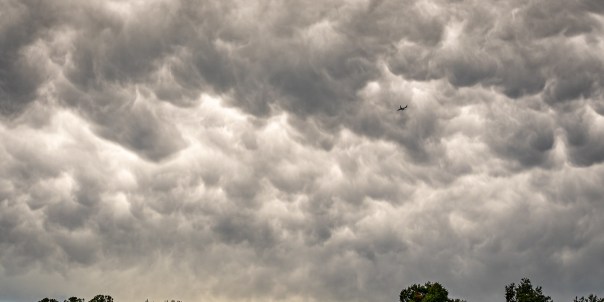‘Twas the night after Christmas*
‘Twas the night after Christmas and I sat at my desk,
trying to decide which photos were best.
To the refuge I’d been three times in December.
I was writing a blog post to help me remember.
All of these pictures I selected with care.
In hopes that they’d make you feel like you’re there.
This light on the Fish Camp made me pause for a bit.
When the pandemic’s over, we’ll stop in and sit.
 Early morning at the Fish Camp Bar & Grill. On SR 46 at the St. Johns River.
Early morning at the Fish Camp Bar & Grill. On SR 46 at the St. Johns River.
Going into the refuge the river’s reflection,
painted this scene approaching perfection.
 Clouds on the Indian River. Just south of Veterans Memorial Park.
Clouds on the Indian River. Just south of Veterans Memorial Park.
Kingfishers on Black Point are loud and brash.
But I managed to catch one, heading off in a flash.
 Male Belted Kingfisher in flight
Male Belted Kingfisher in flight
A Common Yellowthroat posed in the brush.
Then he flew away in a very big rush.
 Male Common Yellowthroat
Male Common Yellowthroat
Storks in formation soared by above,
A wonderful subject to make photos of.
 Three Wood Storks in flight
Three Wood Storks in flight
And what to my wondering eyes should appear?
A pretty pink spoonbill, preening quite near.
 Preening Roseate Spoonbill
Preening Roseate Spoonbill
Other birds to the refuge, they also came.
It’s wonderful to see them and call them by name.
Now Ospreys, Shovelers, Pelicans and all,
 Northern Shoveler drake
Northern Shoveler drake
 White Pelican
White Pelican
Now egrets and herons, with all of your calls,
 Reddish Egret
Reddish Egret
 Black-crowned Night-Heron
Black-crowned Night-Heron
Now woodpeckers, cardinals, eagles, owls and more,
So many birds along the shore!
 Red-bellied Woodpecker. “I know I saw a bug in there…”
Red-bellied Woodpecker. “I know I saw a bug in there…”
 Male Cardinal in the Mangroves
Male Cardinal in the Mangroves
 Nesting Great Horned Owl
Nesting Great Horned Owl
Large birds, small birds, short birds and tall,
stay for a while, don’t dash away all!
 Ibises and Spoonbills
Ibises and Spoonbills
 Ibises and Egrets
Ibises and Egrets
And I exclaimed as I turned out the light:
“HAPPY CHRISTMAS TO ALL,
AND TO ALL A GOOD-NIGHT!”
 Calm Harbor – Titusville Marina
Calm Harbor – Titusville Marina
Note: I ended up visiting Merritt Island National Wildlife Refuge three times this month and I had so many unused images from these trips that I decided to re-do a post from December 2019 with updated words to fit the new photos. MINWR is a truly wonderful place – especially at this time of year. I’m very grateful that I live close by!
Thanks for visiting my blog. I hope this holiday season brings each and every one of you and your loved ones peace and joy. I know the pandemic has been extra challenging and not being with family is especially hard at Christmas time. Stay safe and take care of each other so we can all enjoy the better times that are on the way for 2021!
This is my last post of 2020, but I’ll be back next Sunday with another one. Until then, have a happy and safe New Year!
©2020, Ed Rosack. All rights reserved.
*With sincere apologies to Clement Clarke Moore.
 The future’s a bit cloudy
The future’s a bit cloudy





































